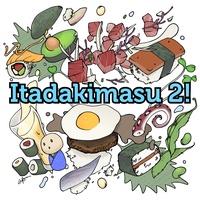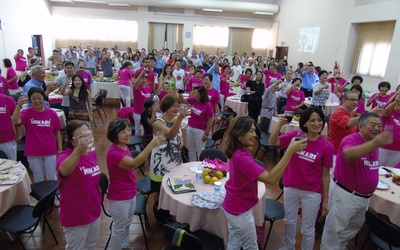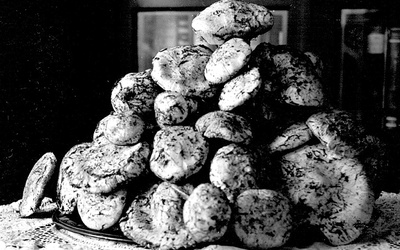Nikkei Chronicles #6—Itadakimasu 2! Another Taste of Nikkei Culture

How does the food you eat express your identity? How does food help to connect your community and bring people together? What kinds of recipes have been passed down from generation to generation in your family? Itadakimasu 2! Another Taste of Nikkei Culture revisited the role of food in Nikkei culture.
For this series, we asked our Nima-kai community to vote for their favorite stories and an editorial committee to pick their favorites. In total, four favorite stories were selected.
Here are the selected favorite stories.
Editorial Committee’s Selections:
- ENGLISH:
Matsutake Sukiyaki
By Susan Yamamura
- JAPANESE:
Taking Pride in Spreading Yakisoba From Suzano to the Rest of Brazil – the Tie-up of a Noodle-making Facility and Bunkyo
By Kohei Ohsawa
- SPANISH:
Hard times for Mother, good memories for me
By Milagros Tsukayama Shinzato
- PORTUGUESE:
A Precious … and Delicious Legacy
By Katsuo Higuchi
Nima-kai selection:
- 44 stars:
It All Began at Mrs. Miyoko's Boarding House
By Iraci Megumi Nagoshi
Stories from this series
No Time for ITADAKIMASU!
July 5, 2017 • Chuck Tasaka
Itadakimasu. What’s that? I never heard of it when I was growing up in postwar Canada. Japanese Language School didn’t exist in Greenwood. The only word similar to that was “Itai!” or “Itai-na!” when your older brother or sister was shoving you aside to get the best seat at the kitchen table. Besides, we all wanted to be more “Canadian-ized,” that is Anglo-Canadian culture. At Sacred Heart School, we children learned to sing “Irish Eyes are Smiling” or “Loch Lomond.” …
Sata andagi, like my mother's...none
June 28, 2017 • Roberto Oshiro Teruya
Sata andagi , we could define it as fried sweet dough buns, donuts or donuts, is part of Okinawan food and for us represents the transmission from generation to generation of part of our grandparents' customs. My memory of Sata andagi comes from when I was little, in my house we called it sata tempura , round tempura , little balls, we called it so many things. He was always present at birthdays, oshogatsu (Japanese New Year) and every social …
The influence of Japanese cuisine in Brazil – yesterday, today and tomorrow
June 26, 2017 • Alba Shioco Hino , Nilza Matiko Iwakura Okano , Kiyomi Nakanishi Yamada
Japanese immigrants came to Brazil in the last century to work on coffee plantations with the dream of becoming rich and then returning to Japan. Faced with the difficulties encountered and, realizing that it would not be possible to make this dream come true, they began the process of integration with the Brazilians ( gaijin ). Little by little they adapted to the customs, cuisine, religious beliefs and lifestyle of the people here. But in family life, they preserved their …
Matsutake Sukiyaki
June 1, 2017 • Susan Yamamura
In Seattle, my family’s mushroom hunting season would begin with discussions around the big table in the large, windowed breakfast nook at home, where the family took all everyday meals. Around the dinner table, rumors about friends and acquaintances being recognized at various well-known matsutake sites in the Cascades, the Olympic Peninsula, and Shelton were thoroughly analyzed. One year, matsutake were found under huckleberry bushes, an inconceivable place! Every Japanese family had their own, secret matsutake hunting places, locations which …


























